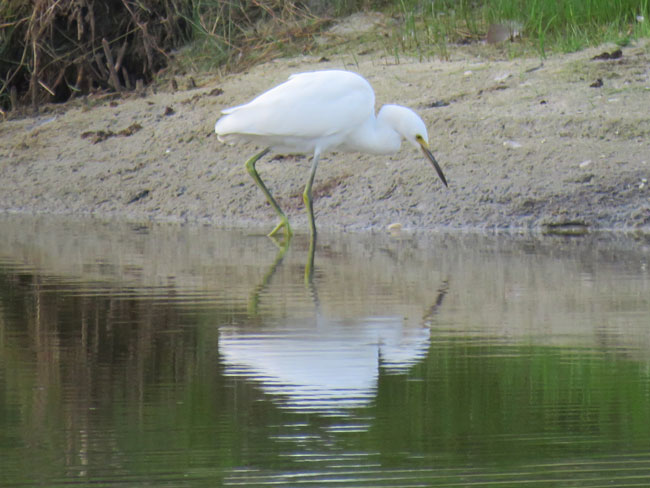
Our vacation rental overlooked Carolina Beach Lake, once listed in Guinness World Records as the freshwater lake closest to salt water. It’s an 11-acre lake surrounded by a walking path, located only two blocks from the ocean. There is a great playground for the kids at one end of it. And plenty of ducks and geese to see, plus a couple of shorebirds for me. In spite of the gray skies, a few showers, and a huge downpour on Sunday morning, many walks were taken around this beautiful lake.

great blue heron




While stuck inside we talked and played board games. I got a chance to do some quiet reading with Kat, and read part of one of her graphic novels. Recently I had taught her how to play mancala and so we played again and then taught it to Finn, and then to Nate & Shea, and then to Larisa. It’s very addictive!

Canada geese after a windy downpour


Dima went out to a fish market and picked up some fresh flounder for our anniversary dinner. He’s a great cook and I so appreciated the delicious fish, and not having to go out to a restaurant where it would have been terribly awkward for me, needing to bring my own special food. Larisa & Dima put together a delicious meal for everyone! I’m grateful for all the hard work they did making it a special day for us and am also grateful to Nate & Shea for making the long trip up to spend some precious quality time with us. 💙
























































